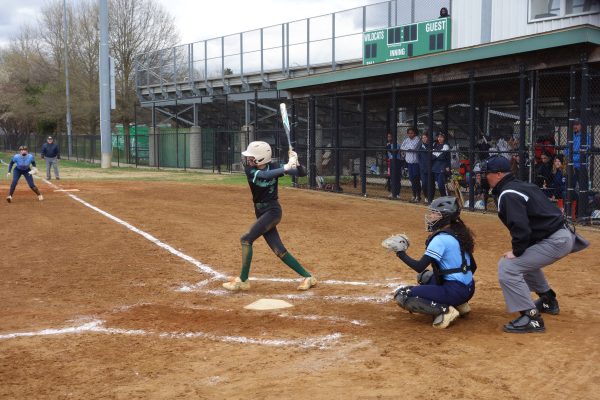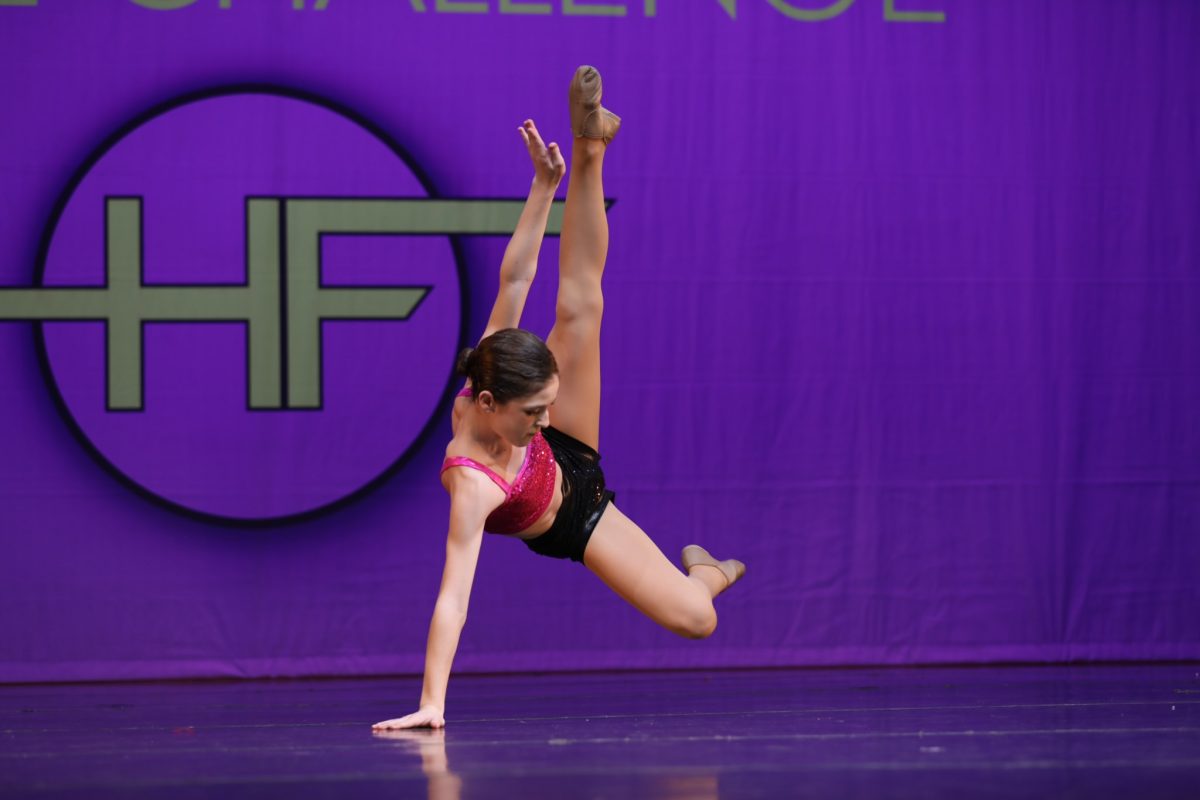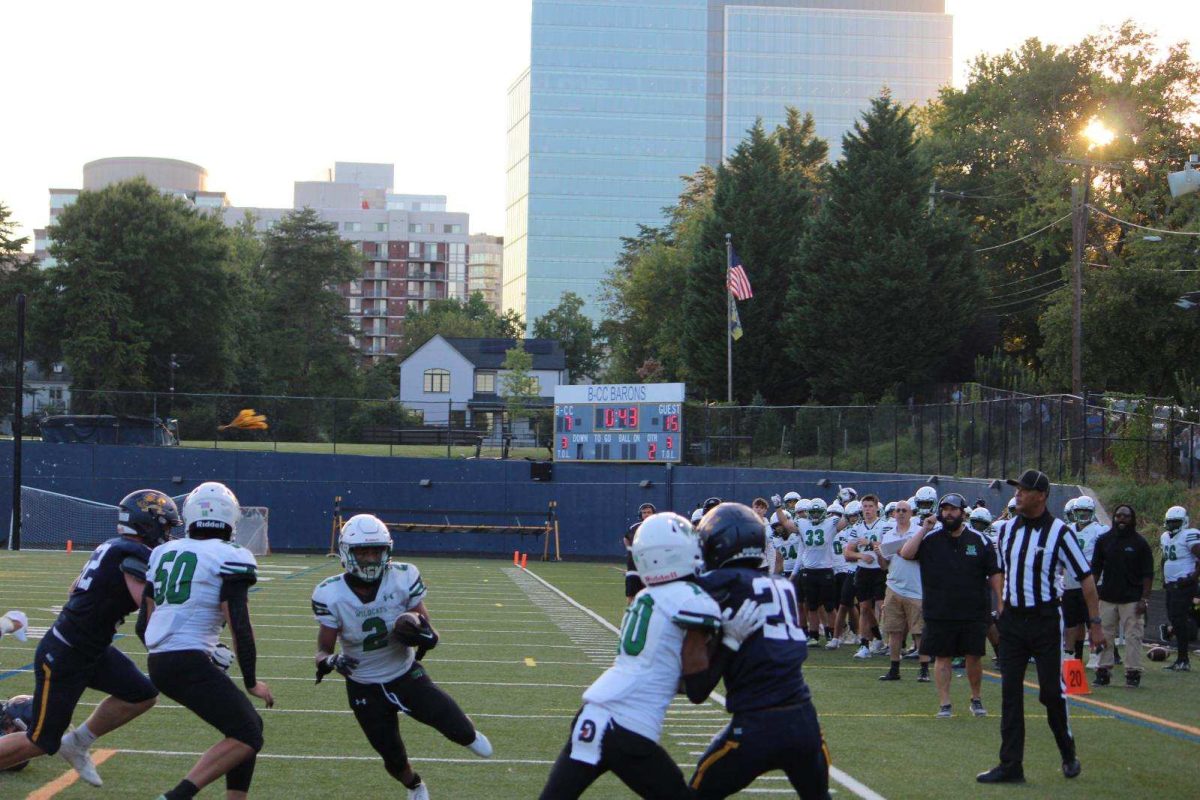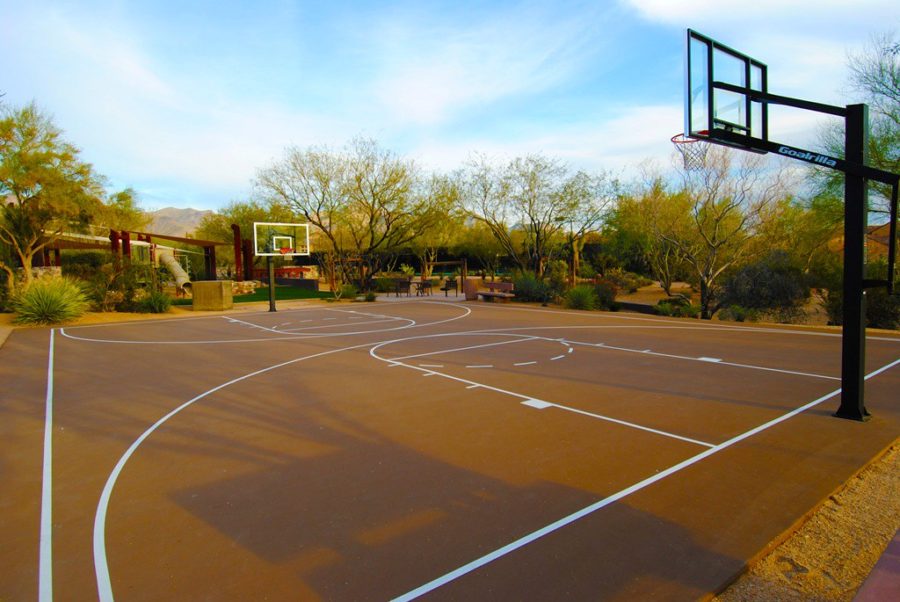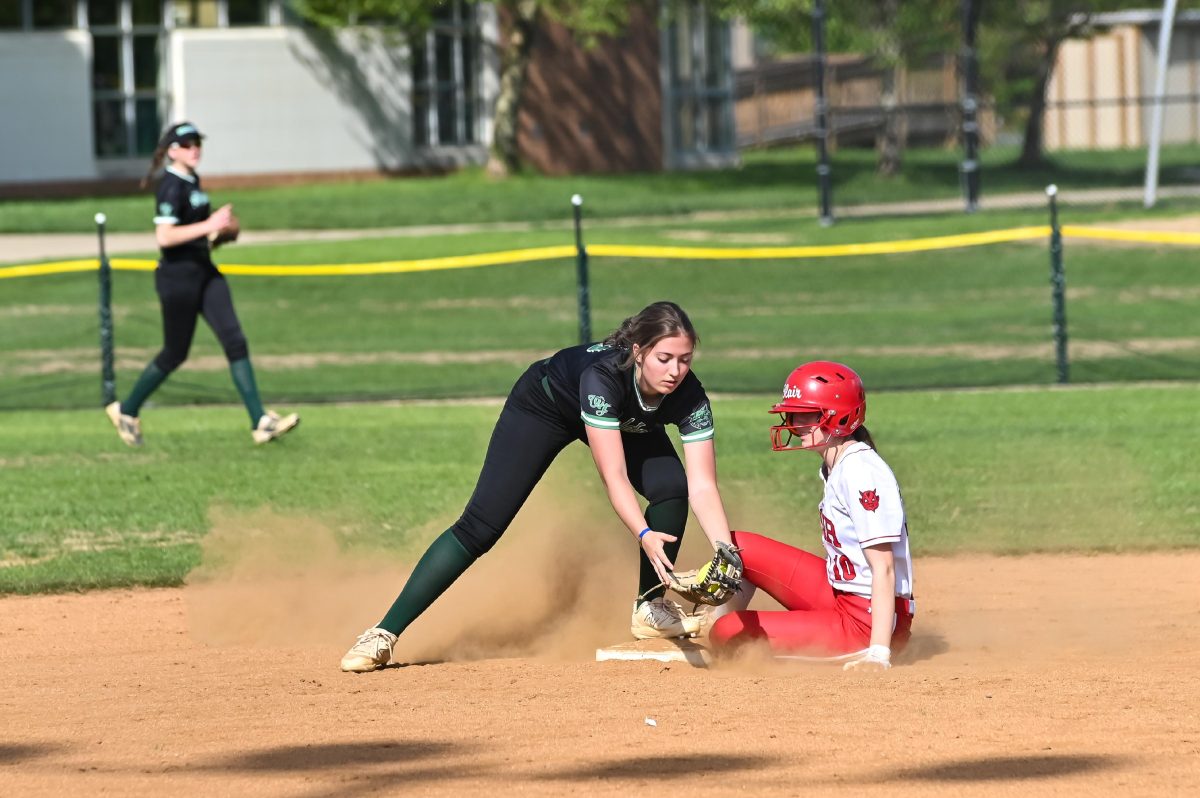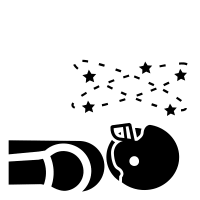
Concussion: A type of traumatic brain injury caused by a blow to the head that causes the head and brain to move rapidly back and forth. This causes the brain to bounce around or twist in the skull, creating chemical changes in the brain and sometimes damaging brain cells.
In the WJ area, soccer is one of the more popular sports where there has been an ongoing discussion about concussions. Several high profile failures, former players getting dementia and dead players being found to have degenerative brain diseases, has sparked the debate. To the general public, soccer is considered a more finesse based game with few opportunities to get badly hurt. However, it is actually very physical and gets increasingly brutal as you advance. In soccer, an aerial duel can be one of the most injury stricken plays.
An aerial duel is defined as “ a header in a direct contest with an opponent,” according to one of the most popular stats sights, whoscored.com. Aerial duels are contested, mostly, by strikers and defenders. When the forward jumps for the duel they will have their back or side towards the onrushing defender, that way the forward can see his options. The center-back has the advantage because they are moving forward into the duel and have an easier time getting a good jump. When a player jumps to head a ball they are in a dangerous position, as impacts below the ribs are likely to flip the player causing them to land on their head. As a player getting undercut is a horrible feeling, they are a long way in the air, not in control of how they land, have few options to break their fall, and the player who undercuts them tends to win the freekick.
The other big risk in aerial duels is elbows to the head collision. When jumping for an aerial duel an effective strategy is to jump into the other player and bump them out of the ball’s path. To prevent this players jump with their elbows out to provide a buffer against the opponent.
If there is a height difference between the two players jumping for the ball, players can jump straight into an elbow, and the opponent had no idea what was going on… or an opponent can just straight up elbow you in the face. While both should be fouls, they are rarely called.
Senior Defender Will Le is a veteran of many aerial battles and has been concussed by them twice.
“I ran in front of the attacker and jumped to clear it (the ball) out but he didn’t really see me and so he ran into me while I was in the air that made me have an awkward landing. I think I hit head first,” Le said.
Le was out for three weeks after his first concussion. Later that year in the Bethesda Tournament, he sustained a second concussion.
“I went up for a header against a kid, and mans hit me with his elbow and won the header,” Le said.
In contrast to his first concussion, Le was only out for a week. Still, he was not allowed to play in the final of the tournament.
Goalkeepers are also at high risk of concussion. They have the most dangerous position on the field, it is fairly routine to dive at an onrushing attacker’s feet or jump into a group of players to grab a cross. Senior Lizzy Mayo knows the potential dangers of goalkeeping all too well, as she had her first concussion in sixth grade.
“We were inside because it was winter so it was on a futsal court. They were doing some kind of shooting drill so I was in goal. One of the girls shot right at my face so I put my hands up to protect myself but it was close range so it hit pretty hard. I got hit back, fell, and hit the back of the goal they had which was one of the field hockey goals where there was wood on the bottom half. I fell back and it (the wood) basically hit the middle of the back of my head,” Mayo said.
What makes Mayo’s story disturbing is the reaction of her coach.
“It was at practice so I sat out for like 8 minutes since I was dizzy then he told me to shake it off and get back in. I didn’t go back to playing for a few months but the steps you’re supposed to follow he didn’t. My first practices back were supposed to be somewhat light and no contact just in case, but he put me back in full my first day and didn’t care that he did,” Mayo continued.
This is an unfortunate fact; some coaches may not know the signs of a concussion, the proper protocols, or may even just ignore them. Every coach who gets a US Soccer Federation coaching license, whether it be a grassroots license or professional grade, has to take a course on concussions as part of their training. It’s a good course and a good idea in theory, but there are flaws. For example, in some leagues, there is no requirement to be a US Soccer Federation licensed coach, or the coach just places winning above the player’s long-term health.
Equestrian is a less common sport but also has a high concussion rate. A study conducted by the Christchurch School of Medicine surveyed 557 people in the US, it found that 27.5% of the people injured had a concussion in addition to other injuries. For example, if someone dislocated a shoulder, there was a 27.5% chance they also had a concussion. Senior Claire Wallace rides horses and competes in cross country jumping and stadium jumping events amongst others. Wallace has one of the more unique stories.
“I was jumping a horse around a course of jumps in an indoor arena, the horse slid to a stop in front of a jump close to the wall, and I got thrown into the wall head first. I was wearing a helmet, however, I still got concussed and passed out for about 30 seconds. I actually can’t remember what happened afterward, but apparently, I got up after laying there, saying I was fine and refused to go to the ER. The next day I woke up with a splitting headache and I went to the HeadFirst clinic and got officially diagnosed,” Wallace said.
With equestrian being an individual sport, competitors face less external pressure than in team environments. There is still pressure to return quickly, especially because horses, like humans, can fall out of shape, but that is clearly secondary to serious injuries.
“Most often people rush themselves, as they worry about the horse’s ability deteriorating. There’s also a lot of pressure to move up the levels and be the best you can be as fast as possible sometimes, so that makes people come back before they’re ready,” Wallace said.
It is unlikely that anything can be done to prevent concussions in equestrian. It is an inherent risk of the sport, riders tend to come off the horse headfirst, and if you are going fast enough the helmet isn’t going to help too much.
Sports have always come with risks attached to them but concussions are perhaps the most terrifying. All of the effects of concussion are not known and there aren’t’ any official treatments yet. Sports are taking strides to mitigate the risk of concussions, maybe fewer people will have to ask themselves, “what if I didn’t get those concussions?¨

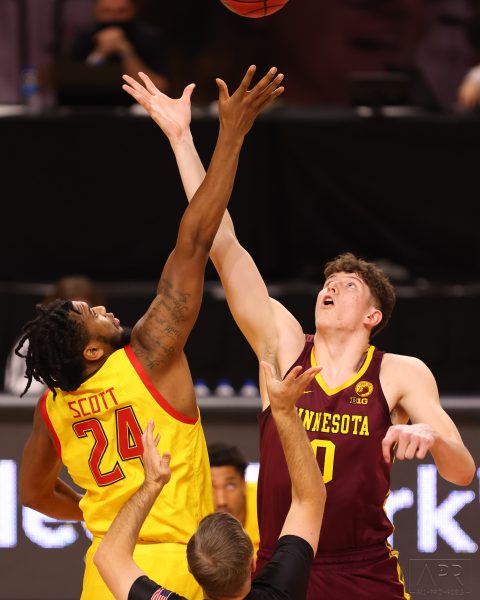

![Sophomore Mason Lee encompasses the persona of his character, Enjolras, during a rehearsal of Act One. I think [rehearsals are] going well and were very on track [with the squedule]... which is good, Student Assistant Director senior Neena Tavik, who is also playing Eponine, said. (Courtesy Sasha Rotton)](https://www.wjpitch.com/wp-content/uploads/2024/03/24466917-801C-45FE-A882-D818DABBDCB8-600x451.jpg)

![Since the collapse of the Baltimore Bridge in late March, federal law enforcement has began investigating what preceded the event. In a statement to CBS News, a spokesperson for the FBI said, [The] FBI is present aboard the cargo ship Dali conducting court authorized law enforcement activity. There is no other public information available and we will have no further comment. (Courtesy Isaac Smay via Flickr)](https://www.wjpitch.com/wp-content/uploads/2024/04/53619368036_399400003a_b-600x400.jpg)

